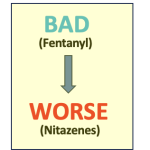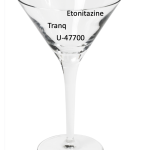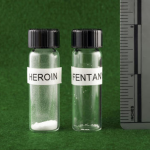Oregonians are having second thoughts about their decision to decriminalize drugs three years ago. They blame it for the state’s recent rise in overdose deaths. But a closer look at the data shows that Oregon has fared no worse than other states did when the fentanyl wave breached its borders.
Iron Law of Probation
The flawed concept of banning drugs inevitably leads to the appearance of new and worse drugs. Now a class of synthetic opioids called nitazenes, some of which are far more potent than fentanyl, are making their way into the supply of street drugs.
The following progression is not a coincidence. Drastic cuts in prescription opioids, then heroin – which provided the market for illegal fentanyl to take over – sent OD deaths off the charts. This was followed by monsters like skin-rotting Tranq and ultra-potent nitazines. Now Pink, aka U-47700 (another killer opioid, which is 7-8 times more potent than morphine) is showing up on the street. None of this is a coincidence. It started with the demonization of legal (and much safer) medications.
Economists and policy analysts have long understood that enforcing drug prohibition indirectly increases the drug overdose rate. Now there’s empirical evidence showing it directly increases the overdose rate as well.



